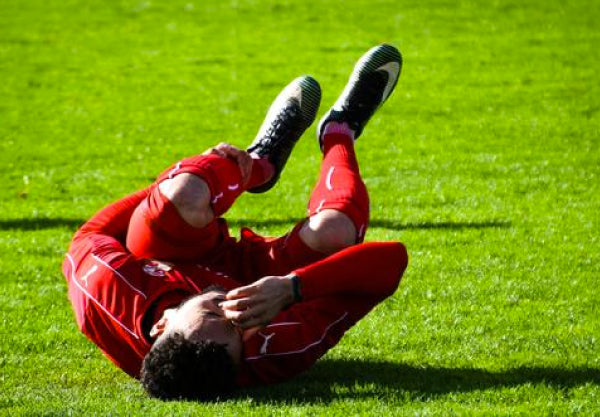Your Cart is Empty

You hear a lot about it on the news: famous athlete gets an ACL injury and ends up getting ruled out of a season. Some injuries are so severe that it could abruptly end their stellar careers.
But what is ACL injury? And why is it so dangerous?
Inside your knee joint are multiple ligaments that help secure the bones in place and facilitate movement. One of these ligaments is the anterior cruciate ligament or ACL. The American Academy of Orthopedic Surgeons describes ACL as the ligament that runs diagonally in the middle of the knee. This ligament helps in the back and forth or rotational ability of your knee. Overstretching or completely tearing the ACL leads to debilitating injury.
Here are some ACL stats that you need to consider: each year, around 100,000-200,000 Americans experience ACL injury, making it one of the most common knee injuries in the country. It occurs more often in females than in males. Each year, more and more children experience ACL--- the incidents of injuries increase 2.3% annually. And finally, ACL injuries account for a whopping $500,000 in medical expenses.
So what causes your ACL to tear? This injury can be attributed to:
Because these situations often involve a lot of pressure and movement, people participating in high impact sports like basketball, football, soccer, and volleyball are at significant risk for ACL injuries.
Other people at risk for ACL sprains and tears are those who are inactive or the elderly due to loss of muscle tone. People who experienced injuring their ACL in the past are also at risk for a long-term condition called chronic ACL deficiency.
Signs and symptoms of an ACL injury include the following:
ACL injuries can be classified according to the severity of damage as follows:
These signs and symptoms are assessed during a physical examination and are confirmed using an MRI. Your physician may also order an xray or CT scan to rule out any fractures.
ACL injuries can be treated using surgical and non-surgical methods. The goal of the treatment is to restore the function of the knee and to prevent further injury.
Right after the injury, it is best to apply the R.I.C.E first aid method to the patient. RICE stands for
R- rest
I- ice
C- compression
E- elevation
Use an elastic bandage to immobilize the knee and keep it elevated. Apply a cold pack to the injured area. Immobilizing, elevating and applying a cold compress to the area right after the injury reduces pain and swelling.
Non-steroidal anti-inflammatory (NSAID) medications like ibuprofen may be prescribed to lessen the pain as well. If the swelling of your knee is severe, your healthcare provider may aspirate the fluid using a syringe to lessen the pain and inflammation.
Often, non-surgical methods are enough to heal a partially torn ACL.
Once the patient has enough rest, the doctor usually prescribes exercises and therapy to help the injured knee regain mobility and range of motion.
For a completely torn ACL, however, surgical methods may be considered, especially for athletes who wish to return to sports.
Torn ACLs cannot be sutured back together. Surgeons use grafts to reconstruct the damaged ACL. These grafts are usually obtained from other tendons in the body like the patellar or hamstring tendons. They can also be obtained from deceased donors.
Surgery is often arthroscopic in which the surgeons make small incisions and use a camera to visualize the operative area.
It’s entirely possible to resume daily activities after an ACL injury.
For minor injuries, a few weeks of rest and rehabilitation may be enough to foster a full recovery.
For more serious cases that require surgery, intensive rehab that can last from several months to a year may be needed to return full function of the knee may be needed.
Rehabilitation includes physical therapy and doing exercises that can strengthen the knee and restore range of motion. Patients recovering from ACL injury may need to use crutches for a time. Athletes can return to sports after several months of rehabilitation.
An ACL injury is not only inconvenient, it is also painful and costly. For many years athletes who’ve torn their ACL faced the end their careers. But there's always hope. Thanks to advanced surgical practices, many people return to their normal lives and careers after surgery and rehab.
Prevention is also better than cure. Prevent this injury by strengthening your calf and thigh muscles and doing proper warm ups before any strenuous exercise. Do not exert yourself and always follow proper body mechanics. If you're currently on the mend from this injury, following your doctor's recommendations on rest and exercise can help you make a faster recovery.
Sources:
Webmd.com
orthoinfo.aaos.org
Comments will be approved before showing up.